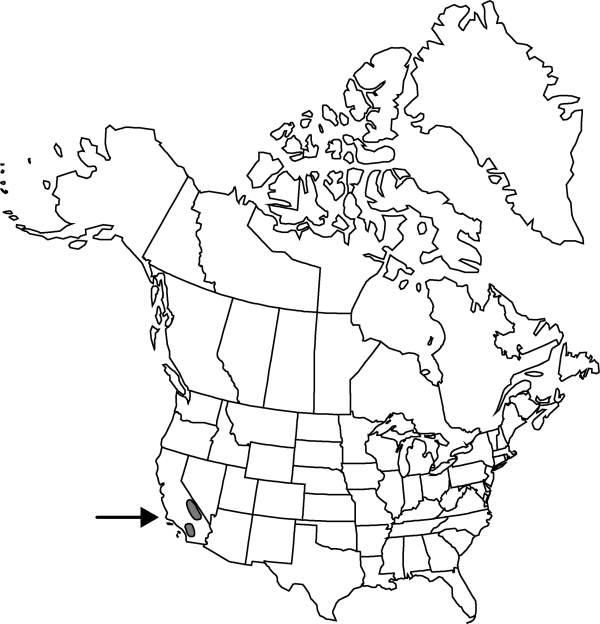Difference between revisions of "Cistanthe pygmaea"
Phytologi a 68: 268. 1990.
Endemic
Basionym: Calyptridium pygmaeum Parish ex Rydberg in N. L. Britton et al., N. Amer. Fl. 21: 320. 1932
imported>Volume Importer |
imported>Volume Importer |
||
| Line 55: | Line 55: | ||
|publication year=1990 | |publication year=1990 | ||
|special status=Endemic | |special status=Endemic | ||
| − | |source xml=https:// | + | |source xml=https://bitbucket.org/aafc-mbb/fna-data-curation/src/2e0870ddd59836b60bcf96646a41e87ea5a5943a/coarse_grained_fna_xml/V4/V4_917.xml |
|genus=Cistanthe | |genus=Cistanthe | ||
|species=Cistanthe pygmaea | |species=Cistanthe pygmaea | ||
Latest revision as of 22:01, 5 November 2020
Plants annual, taprooted or roots fibrous. Stems 2 or more from each rosette, spreading to erect, leafy, 0.5–8 cm. Leaves basal and cauline; basal in single, prostrate rosette; blade spatulate, 0.5–1.5 cm. Inflorescences paniculate or racemose, often secund, ± dense. Flowers pedicellate; sepals ovate, 2–4 mm, fleshy, becoming membranaceous; petals persistent in fruit, 4, white, 3 mm; stamens 1(–3), anther yellow; style absent; stigmas 2; pedicel 1–3 mm. Capsules ovoid, 3–5 mm; valves 2. Seeds 5–9, black, orbicular, 0.3–0.7 mm, shiny. 2n = 44.
Phenology: Flowering Jun–Jul.
Habitat: Dry, less often moist, sandy or gravelly soils
Elevation: 1900-3500 m
Discussion
Selected References
None.
Lower Taxa
None.
